

| Company : Uniworld |
| Ship : S.S. Joie de Vivre |
| Journey Start : կիր 17 մյս 2026 |
| Journey End : կիր 31 մյս 2026 |
| Count Nights : 14 nights |
| Day | Date | Port |
|---|---|---|
| 1 | 17.05 կիր | |
| 2 | 18.05 երկ | |
| 3 | 19.05 երք | |
| 4 | 20.05 չրք | Բելգրադ / Serbia |
| 5 | 21.05 հնգ | Պոստոյնա / Slovenia |
| 6 | 22.05 ուր | Երակային / Austria |
| 7 | 23.05 շբթ | Փարիզ / France |
| 8 | 24.05 կիր | Փարիզ / France |
| 9 | 25.05 երկ | Վերնոն / France |
| 10 | 26.05 երք | Ռուան / France |
| 11 | 27.05 չրք | Caudebec-en-Caux / France |
| 12 | 28.05 հնգ | Ռուան / France |
| 13 | 29.05 ուր | Վերսալ / France |
| 14 | 30.05 շբթ | Փարիզ / France |
| 15 | 31.05 կիր | Փարիզ / France |
DINING
All meals onboard, prepared using the finest and freshest ingredients
Captain’s Welcome and Farewell Receptions
Welcome and Farewell Gala Dinners
Unlimited beverages onboard, including fine wine, beer, spirits, specialty coffee and tea, soft drinks, and mineral water
EXCURSIONS
all fully hosted by English-speaking local experts
Guided “Let's Go” and “Village Day” programs
State-of-the-art Quietvox portable audio-headset system on all excursions
Use of bicycles and Nordic walking sticks
ACCOMMODATIONS
Lavishly appointed riverview staterooms and suites have handcrafted Savoir® Beds of England, high thread count 100% Egyptian cotton sheets and European duvets, and a menu of pillow options
Free Wi-Fi
EXPERIENCES
Services of an experienced Uniworld Cruise Manager
Cultural enrichment, including captivating onboard local entertainment
Gratuities for onboard personnel (ship staff, crew, Cruise/Tour Manager) are included during the cruise/tour
Reservations and Payments
A deposit of at least 10% of the cruise-tour fare (cruise-tour plus port charge plus pre and or post land extensions, less applicable discounts), per person
is required at time of booking. Final payment is due at least 120 days prior to departure. For new bookings a courtesy hold of up to 72 hours is allowed
but can not extend past the final payment due date. For bookings made within 120 days of departure full payment is due at time of booking.
Reservations will be canceled if payments are not received in a timely manner.
Cancellation Notice Received Before
Cruise-Tour Start Date
Cancellation Charges Per Person
• 120 days or more $200 per person for cruise-tour*
• 119 - 90 days 20% of the fare **
• 89 - 60 days 35% of the fare **
• 59 - 30 days 50% of the fare **
• No Show 100% of the fare **
• Less than 30 days 100% of the fare **
**Fare is defined as the cost of any cruise, or land, element purchased from
Uniworld.
If air is cancelled one hundred and nineteen (119) days prior to departure or
less, the full price of your air is non-refundable. Please see Air Cancellations for
details.
These cancellation fees are in addition to any cancellation fees that might be
levied by your travel agent. There is no refund for unused services or for
unused portions of the trip.



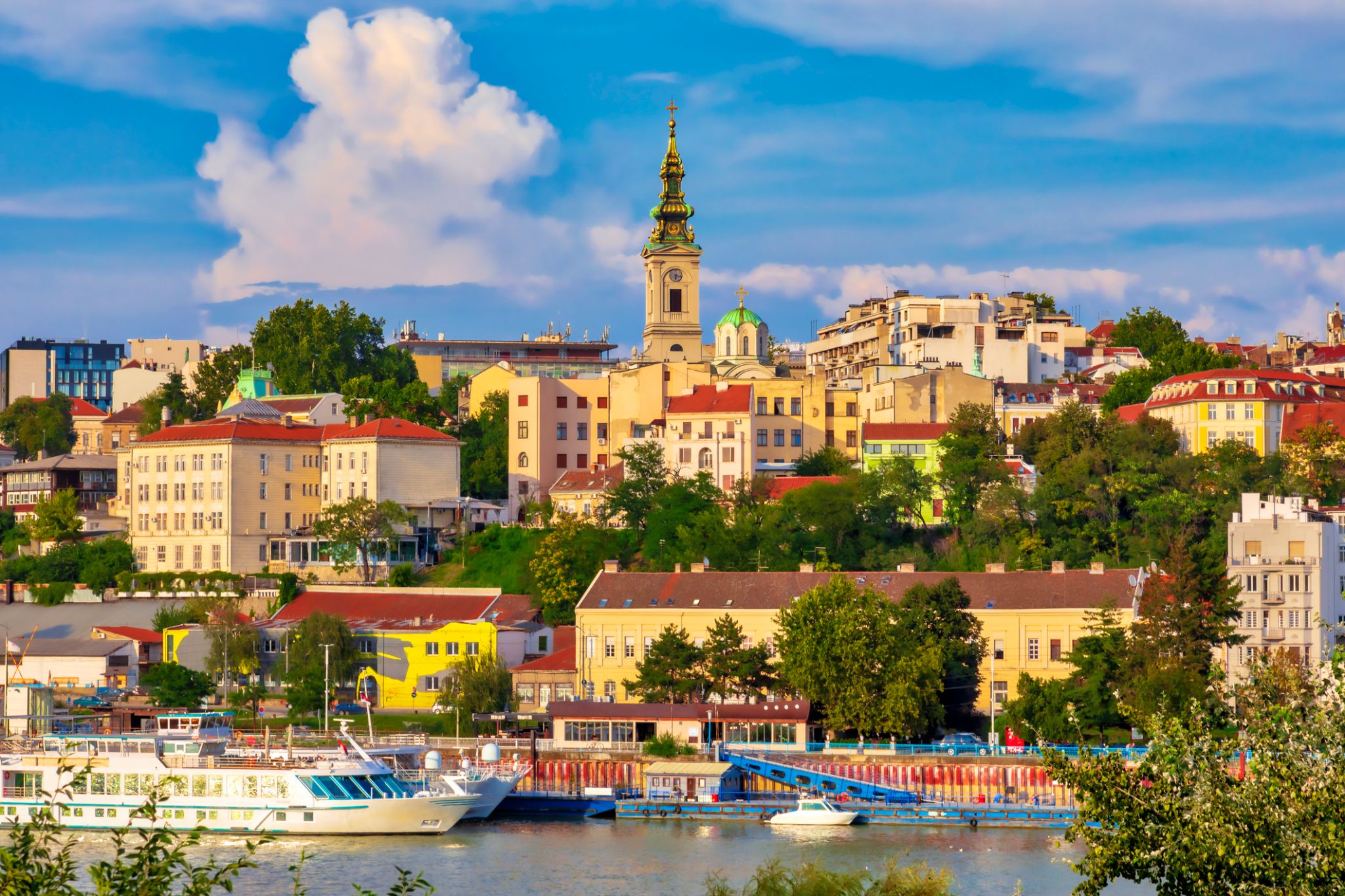
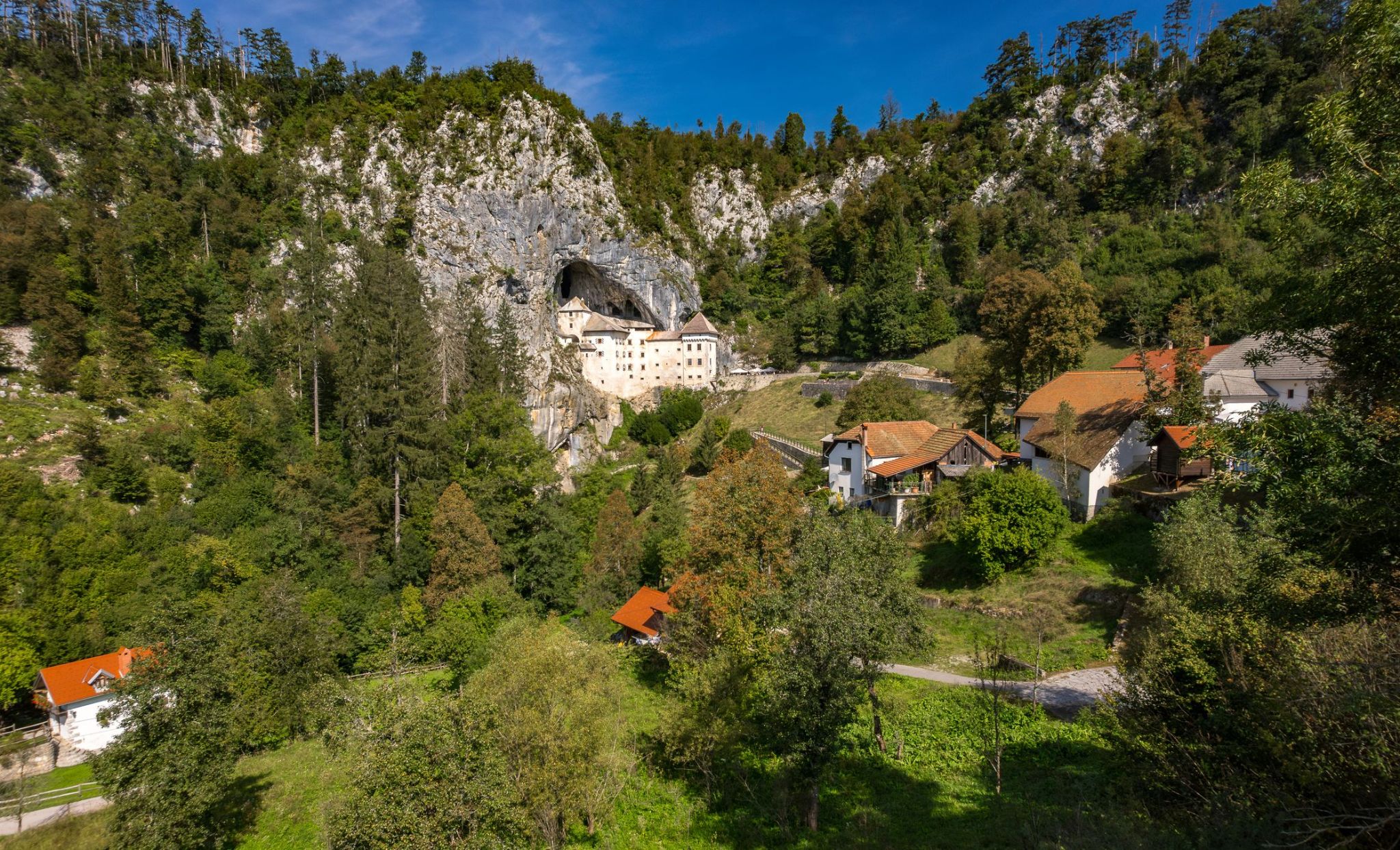
Քարեղեն ձևավորումներ, գաղտնի洞洞 և գեղեցիկ բնապատկերներ — այս բոլորը կարելի է գտնել Սլովենիայի սրտում գտնվող Պոստոյնա քաղաքում։ Այստեղ գտնվում է Եվրոպայի ամենահայտնի կարպային քարանձավներից մեկը՝ Պոստոյնայի քարանձավը, որը իր ճոխությամբ և գաղտնաբառերով գրավում է զբոսաշրջիկներին։ Այս ներքեւի գալիերիում զբոսանքն անմոռանալի արկած է, որը թույլ է տալիս մուտք գործել աշխարհ, որտեղ բնությունը ստեղծում է զարմանալի ձևեր։
Բայց Պոստոյնա չի միայն բնական հրաշքներ, այլ նաև պատմական ժառանգություն։ Քաղաքը շրջապատված է կանաչ բլուրներով, իսկ կենտրոնում կարող եք այցելել հին կալվածք, որը բարձրանում է տեղական լանդշաֆտից։ Այստեղ դուք կգտնեք պատմության և բնության կատարյալ համադրություն, և կարող եք վայելել միայնակ եվրոպական քաղաքի տրամադրություն, որն ապահովում է բնության յուրահատուկ երևույթների հետ համընթաց։
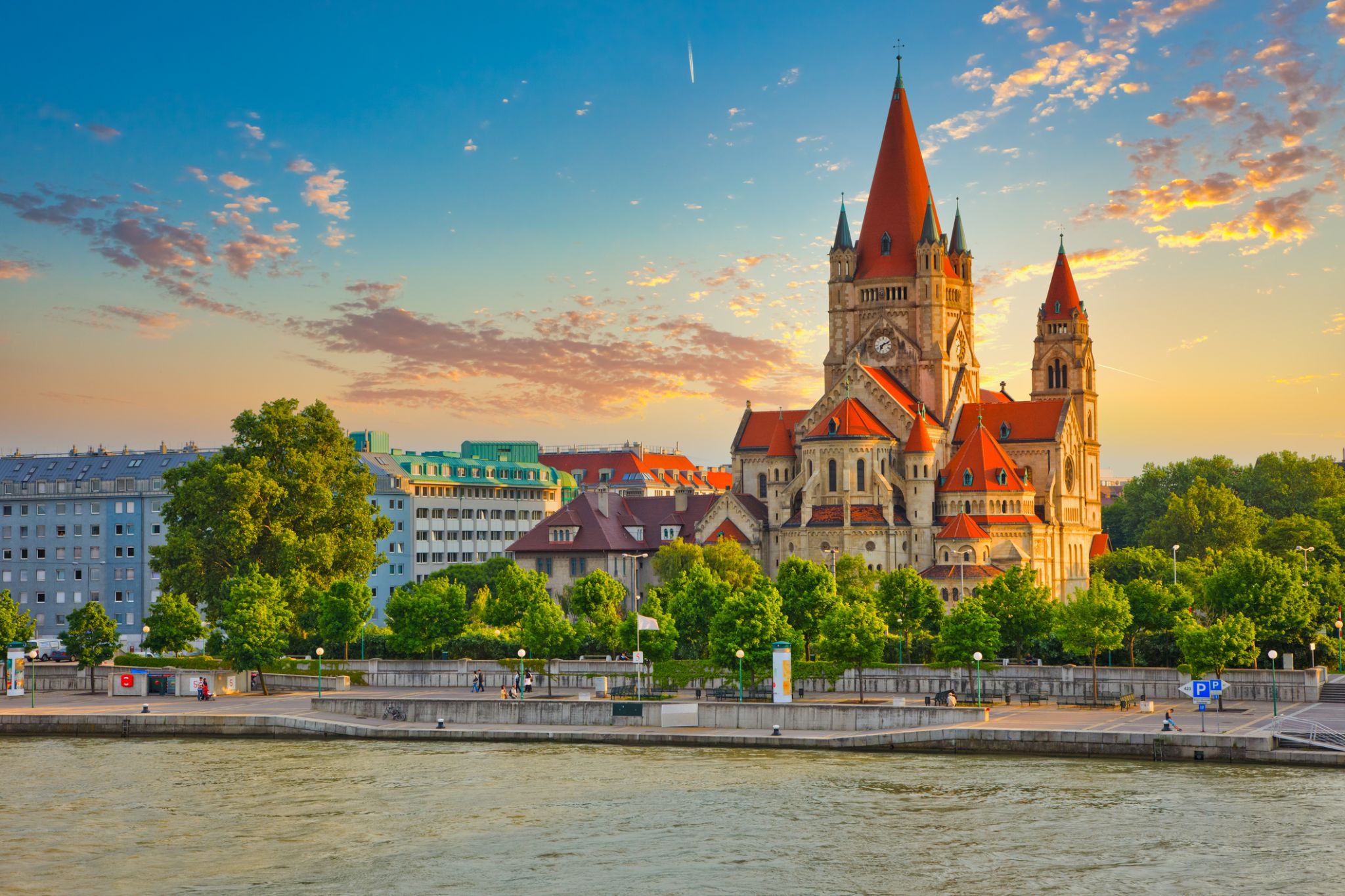
Vienna is the federal capital and largest city of Austria, and one of the nine states of Austria. Vienna is Austria's primate city, with a population of about 1.9 million (2.6 million within the metropolitan area, nearly one third of Austria's population), and its cultural, economic, and political centre. It is the 7th-largest city by population within city limits in the European Union. Until the beginning of the 20th century, it was the largest German-speaking city in the world, and before the splitting of the Austro-Hungarian Empire in World War I, the city had 2 million inhabitants. Today, it has the second largest number of German speakers after Berlin.Vienna is host to many major international organizations, including the United Nations and OPEC. The city is located in the eastern part of Austria and is close to the borders of the Czech Republic, Slovakia, and Hungary. These regions work together in a European Centrope border region. Along with nearby Bratislava, Vienna forms a metropolitan region with 3 million inhabitants. In 2001, the city centre was designated a UNESCO World Heritage Site. In July 2017 it was moved to the list of World Heritage in Danger.
Apart from being regarded as the City of Music[ because of its musical legacy, Vienna is also said to be "The City of Dreams" because it was home to the world's first psychoanalyst – Sigmund Freud. The city's roots lie in early Celticand Roman settlements that transformed into a Medieval and Baroque city, and then the capital of the Austro-Hungarian Empire. It is well known for having played an essential role as a leading European music centre, from the great age of Viennese Classicism through the early part of the 20th century. The historic centre of Vienna is rich in architectural ensembles, including Baroque castles and gardens, and the late-19th-century Ringstraße lined with grand buildings, monuments and parks.
Vienna is known for its high quality of life. In a 2005 study of 127 world cities, the Economist Intelligence Unit ranked the city first (in a tie with Vancouver and San Francisco) for the world's most liveable cities. Between 2011 and 2015, Vienna was ranked second, behind Melbourne. In 2018, it replaced Melbourne as the number one spot. For eight consecutive years (2009–2016), the human-resource-consulting firm Mercer ranked Vienna first in its annual "Quality of Living" survey of hundreds of cities around the world, a title the city still held in 2016. Monocle's 2015 "Quality of Life Survey" ranked Vienna second on a list of the top 25 cities in the world "to make a base within."
The UN-Habitat classified Vienna as the most prosperous city in the world in 2012/2013. The city was ranked 1st globally for its culture of innovation in 2007 and 2008, and sixth globally (out of 256 cities) in the 2014 Innovation Cities Index, which analyzed 162 indicators in covering three areas: culture, infrastructure, and markets. Vienna regularly hosts urban planning conferences and is often used as a case study by urban planners.
Between 2005 and 2010, Vienna was the world's number-one destination for international congresses and conventions. It attracts over 6.8 million tourists a year.
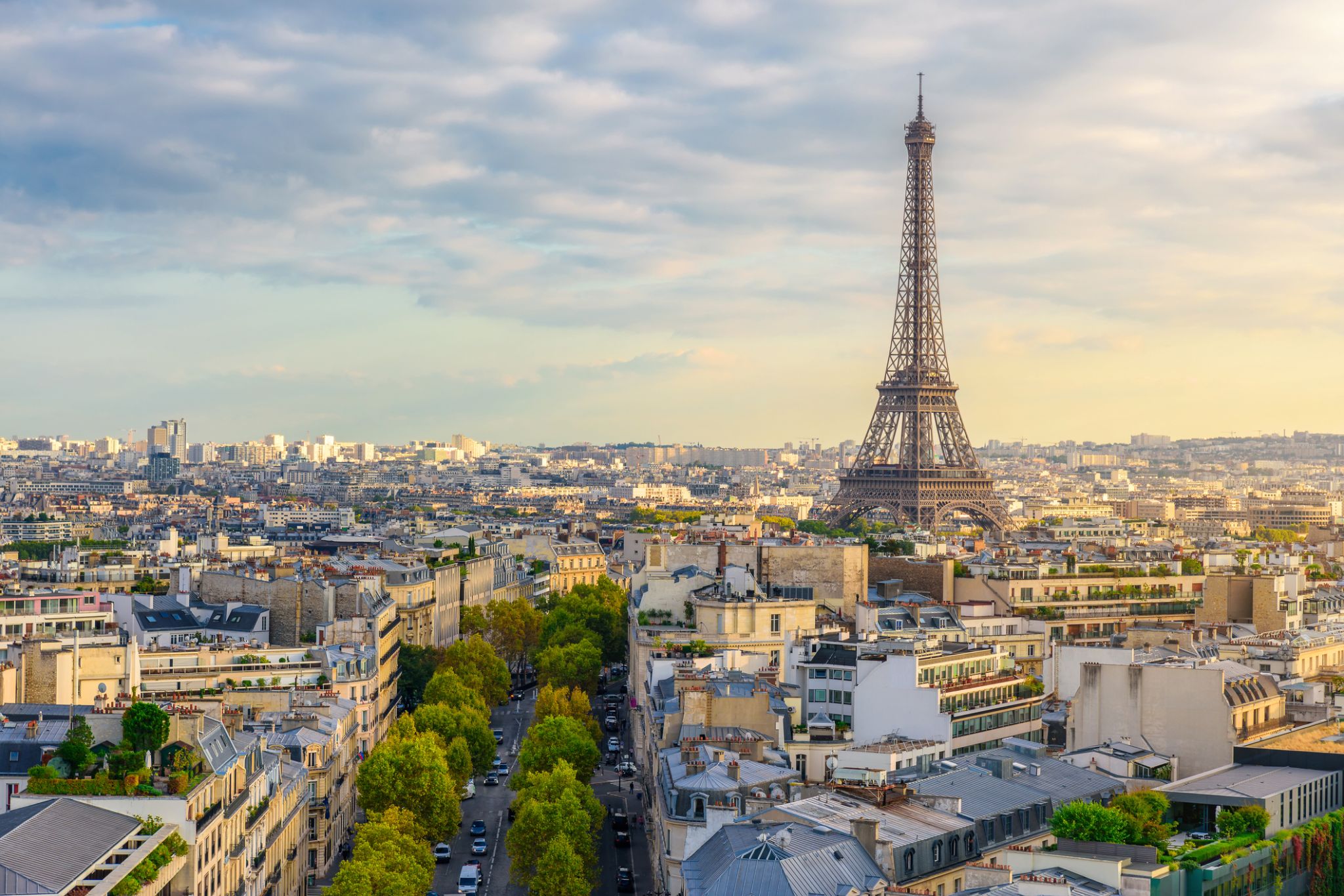
the capital of France, on the Seine River; population 2,203,817 (2006). Paris was held by the Romans, who called it Lutetia, and by the Franks, and was established as the capital in 987 under Hugh Capet. It was organized into three parts—the Île de la Cité (an island in the Seine), the Right Bank, and the Left Bank—during the reign of Philippe-Auguste 1180–1223. The city's neoclassical architecture dates from the modernization of the Napoleonic era, which continued under Napoleon III, when the bridges and boulevards of the modern city were built.

the capital of France, on the Seine River; population 2,203,817 (2006). Paris was held by the Romans, who called it Lutetia, and by the Franks, and was established as the capital in 987 under Hugh Capet. It was organized into three parts—the Île de la Cité (an island in the Seine), the Right Bank, and the Left Bank—during the reign of Philippe-Auguste 1180–1223. The city's neoclassical architecture dates from the modernization of the Napoleonic era, which continued under Napoleon III, when the bridges and boulevards of the modern city were built.
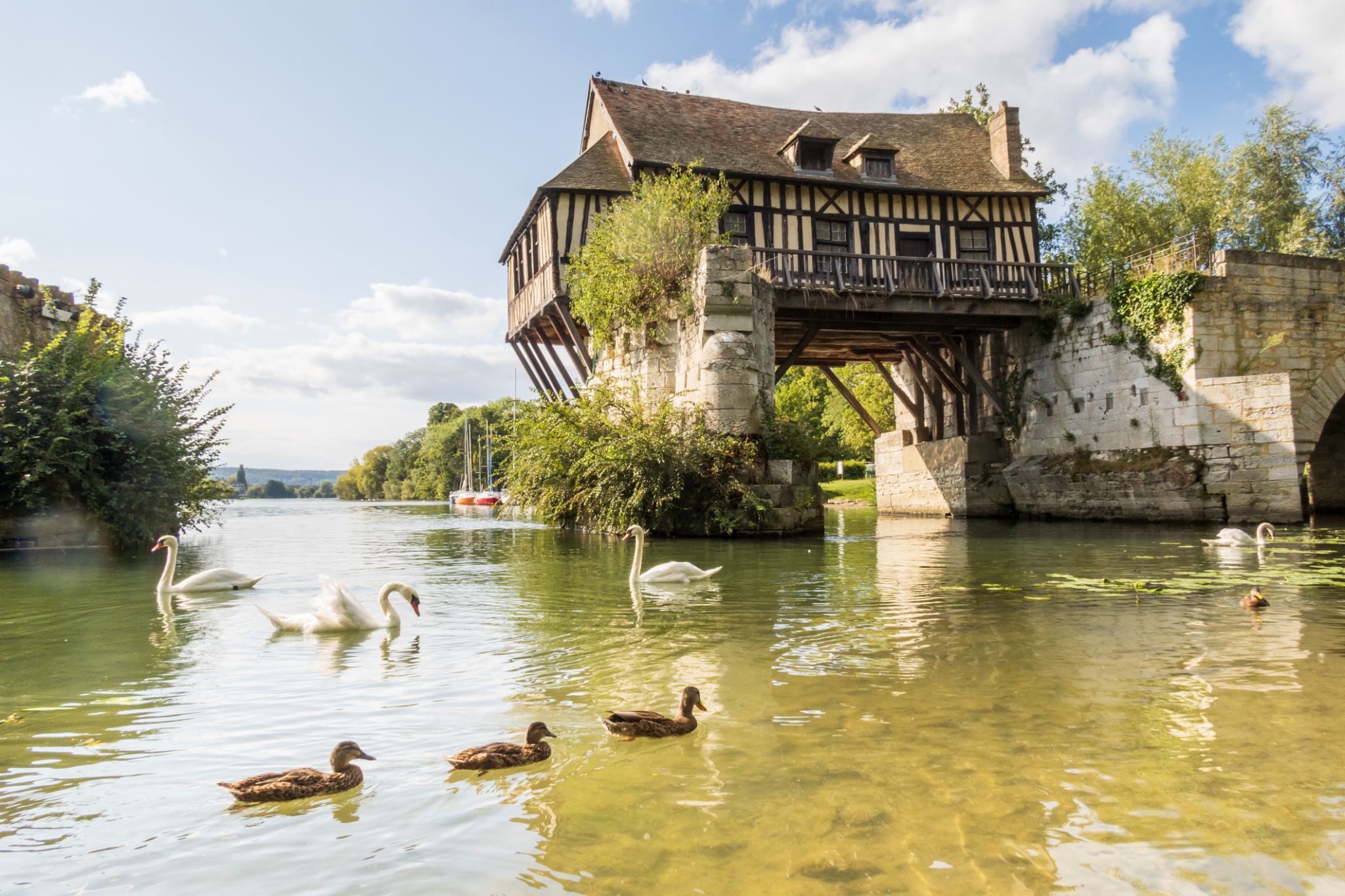
Vernon is a small French town with a population of 25,000 people, located in the Eure department, which is part of the Upper Normandy region.
Vernon is an ancient town. Throughout its existence, it has played strategic roles and witnessed numerous battles. During World War II, Vernon was completely destroyed but was rebuilt literally from the ruins. The most famous landmark of Vernon is the Old Mill. It is a timber-framed and brick structure that rests on two piers of an old destroyed bridge across the Seine. The bridge was built in the 12th century, while the mill dates back to around the 16th century.

Rouen is a city on the River Seine in the north of France. It is the capital of the region of Normandy. Formerly one of the largest and most prosperous cities of medieval Europe, Rouen was the seat of the Exchequer of Normandy during the Middle Ages. It was one of the capitals of the Anglo-Norman dynasties, which ruled both England and large parts of modern France from the 11th to the 15th centuries.
The population of the metropolitan area (in French: agglomération) at the 2011 census was 655,013, with the city proper having an estimated population of 111,557. People from Rouen are known as Rouennais.


Rouen is a city on the River Seine in the north of France. It is the capital of the region of Normandy. Formerly one of the largest and most prosperous cities of medieval Europe, Rouen was the seat of the Exchequer of Normandy during the Middle Ages. It was one of the capitals of the Anglo-Norman dynasties, which ruled both England and large parts of modern France from the 11th to the 15th centuries.
The population of the metropolitan area (in French: agglomération) at the 2011 census was 655,013, with the city proper having an estimated population of 111,557. People from Rouen are known as Rouennais.
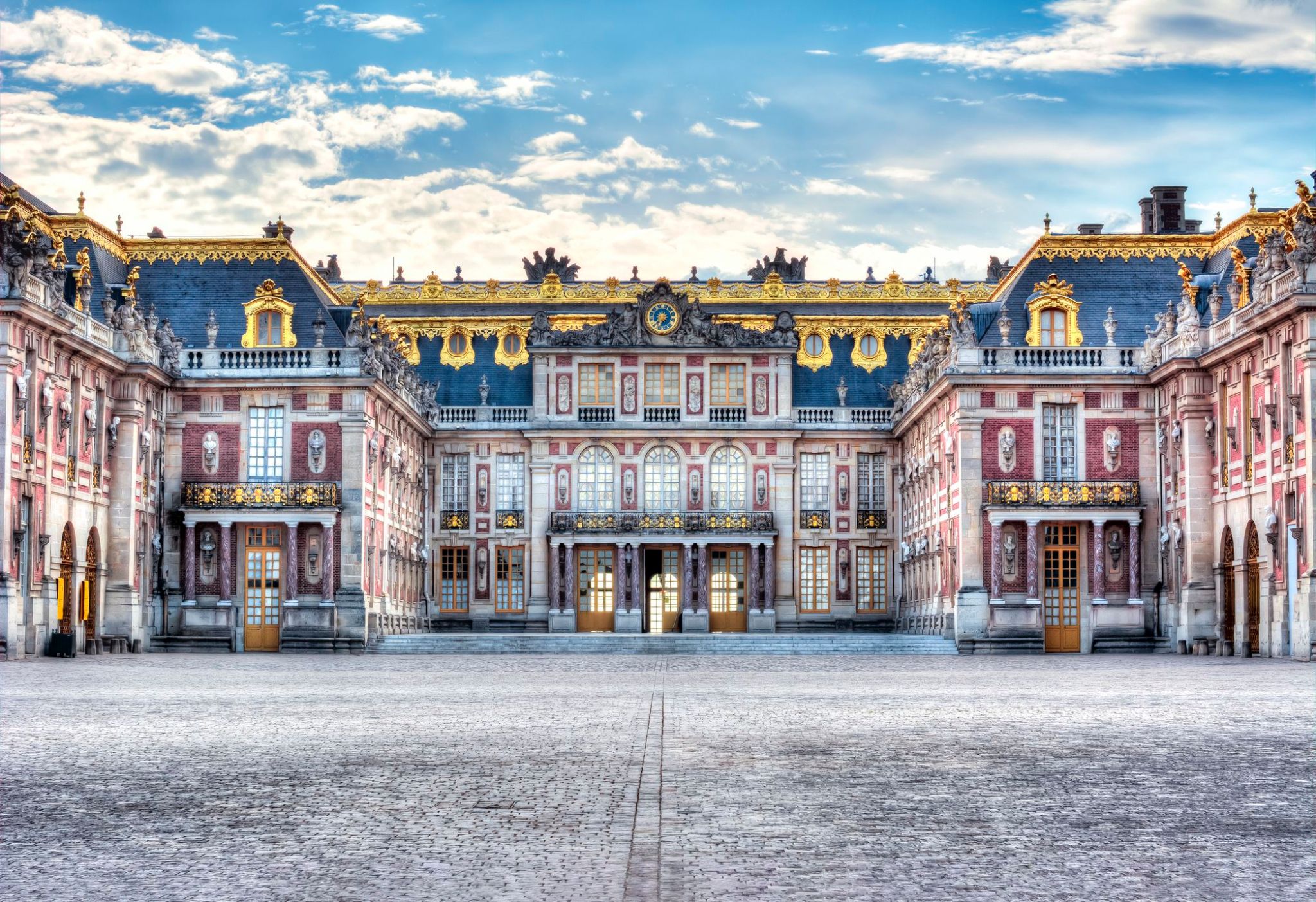
Փառահեղ պուրակներ, ճշգրիտ ձևավորված պարտեզներ և հայելու շքեղ փայլ – այստեղ Ֆրանսիայի անցյալը կենդանանում է իր արքայական ամբողջ շքեղությամբ։ Դղյակի համալիրը և նրա շրջակայքը տպավորում են ճարտարապետության և լանդշաֆտի ներդաշնակությամբ՝ ստեղծելով մթնոլորտ, որտեղ յուրաքանչյուր քայլ հիշեցնում է թագավորության երբեմնի վեհությունը։
Երբևէ այստեղ կնքվել են դիվանագիտական պայմանագրեր, որոշվել է Եվրոպայի ճակատագիրը և կազմակերպվել են շքեղ պարահանդեսներ Լյուդովիկոս XIV-ի օրոք։ Այսօր այս վայրը ոգեշնչում է հազարավոր ճանապարհորդների, ովքեր գալիս են ոչ միայն հայտնի Հայելու սրահը տեսնելու, այլև զբոսնելու թագավորական այգիներով, նավակով զբոսնելու ջրանցքով կամ բացահայտելու զբոսայգու հեռավոր անկյունները՝ հեռու զբոսաշրջային աղմուկից։

the capital of France, on the Seine River; population 2,203,817 (2006). Paris was held by the Romans, who called it Lutetia, and by the Franks, and was established as the capital in 987 under Hugh Capet. It was organized into three parts—the Île de la Cité (an island in the Seine), the Right Bank, and the Left Bank—during the reign of Philippe-Auguste 1180–1223. The city's neoclassical architecture dates from the modernization of the Napoleonic era, which continued under Napoleon III, when the bridges and boulevards of the modern city were built.

the capital of France, on the Seine River; population 2,203,817 (2006). Paris was held by the Romans, who called it Lutetia, and by the Franks, and was established as the capital in 987 under Hugh Capet. It was organized into three parts—the Île de la Cité (an island in the Seine), the Right Bank, and the Left Bank—during the reign of Philippe-Auguste 1180–1223. The city's neoclassical architecture dates from the modernization of the Napoleonic era, which continued under Napoleon III, when the bridges and boulevards of the modern city were built.